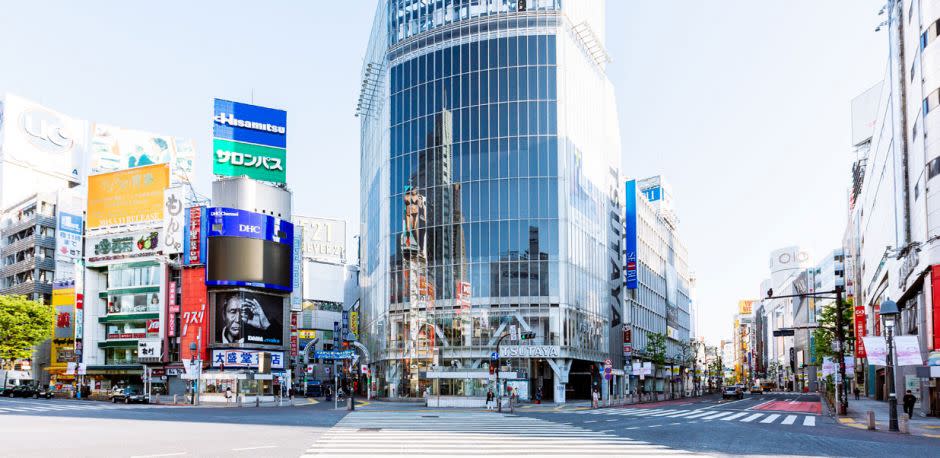Japan's economic output recovered to full capacity for the first time in about four years in the October-December quarter, a positive sign that may allow the central bank to raise interest rates again.
Japan's output gap, which measures the difference between an economy's actual and potential output, stood at +0.02% in the final quarter of last year, an estimate by the Bank of Japan (BOJ) showed on Wednesday.
It followed a reading of -0.37% in the third quarter, and was the first positive reading in 15 quarters.
The output gap is among data the BOJ watches closely in determining whether the economy is expanding strongly enough to propel a demand-driven rise in inflation.
A positive output gap occurs when actual output exceeds the economy's full capacity, and is considered a sign of strong demand. It is seen by analysts as one of a handful of prerequisites for wages to rise more, and push inflation sustainably around the BOJ's 2% target.
The BOJ ended eight years of negative interest rates and other remnants of its unorthodox policy last month, making a historic shift away from its focus on quashing deflation and reflating growth with decades of massive monetary stimulus.
Markets are on the look-out for any clues on how soon the central bank could raise interest rates again.
Expectations that the BOJ will go slow in any further rate hikes have pushed the yen down to near 152 to the dollar, a level seen by markets as heightening the chance of yen-buying intervention by Japanese authorities.
This article was written by Leika Kihara from Reuters and was legally licensed through the DiveMarketplace by Industry Dive. Please direct all licensing questions to legal@industrydive.com.

